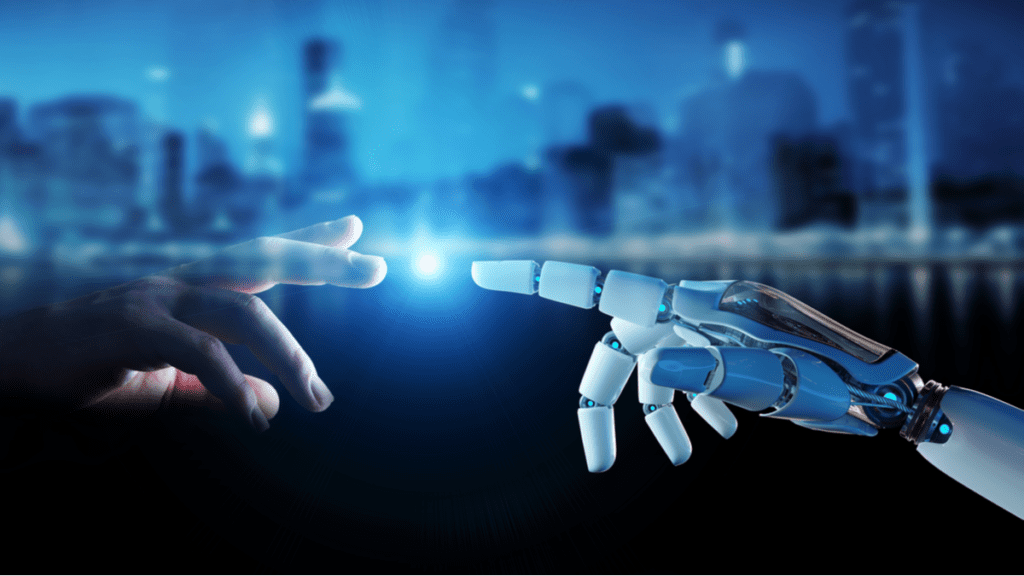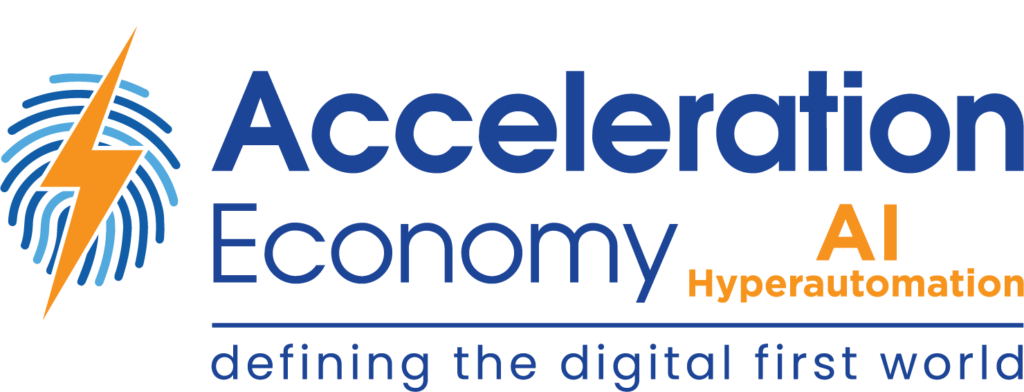Often, when we think of artificial intelligence (AI), we imagine some future where computers and robots have advanced to the point of surpassing humans. We imagine jobs being eliminated because they have been handed over to computers using AI.
The truth is much less sinister. AI, at least for the foreseeable future, is much better at assisting humans with their jobs than eliminating the need for humans altogether. Rather than viewing AI as a competitor to humans, we can embrace advances in AI and look for ways to reap the benefits that we can gain from that collaboration.
I have identified three important areas that AI and humans can work together: Automation, Cybersecurity, and Customer Experience. In each of these disciplines, there are some aspects that are better handled by humans while some are more suited to AI.
As we explore specifics in these areas, keep in mind some general observations about machine thinking versus human intelligence. For example, humans are still much better at critical thinking, strategic thinking, reading, translation, empathy, interpersonal relationships, creativity, emotional intelligence, and even technical knowledge. AI wins at automating mundane, repeatable tasks, speed of execution, accuracy, and sorting large amounts of data.
The inclusion of both AI and human intelligence in these workflows can result in a much greater result than taking an either/or approach.
Automation
Many automation initiatives have focused on leveraging Robotic Process Automation (RPA). RPA is a quick way to automate legacy systems that do not have more integrated paths, such as APIs. However, it is often limited to carrying out a series of predefined steps and specific rules to automate repeatable tasks.
The next evolutionary step in automation has been called Intelligent Automation or Hyper Automation. The “intelligent” aspect is achieved by adding AI into the mix. Automation Anywhere puts it this way when describing their intelligent automation products:
“To extend the horizons of business process automation by an order of magnitude, Intelligent Automation combines the task execution of RPA with the machine learning and analysis capabilities of automatic process discovery and process analytics as well as cognitive technologies, like computer vision, Natural Language Processing, and fuzzy logic.”
Automation Anywhere
A human is still required to train the system. But, instead of painstakingly mapping out all the possibilities through rules, a more intuitive interface allows a person to work together with the AI to build a process that improves over time through use.
Cybersecurity
Another important touchpoint between humans and AI is in the area of cybersecurity defense.
Monitoring a network for potential threats requires analyzing an enormous amount of data. If you have ever used a simple network monitoring tool to generate logs and alerts, you have seen how nearly impossible it is to sift through the mountains of data to look for that one transaction or packet that is out of place. Again, you can build very specific rules that watch for certain predefined scenarios and take action, such as alerts or automatically blocking connections. But that requires a high degree of knowledge and extensive time to implement.
Through the addition of AI, such as Machine Learning (ML), cybersecurity systems can analyze millions of data points that describe known threats. Further, they can cross-reference those with the millions of data points being collected from your network.
In addition, by working closely with a human counterpart, the system can learn over time which behaviors are expected and which ones are not. It can anticipate potential threats even if they have never been detected before.
This still requires a person with significant cyber knowledge. But, rather than spending their time coming up with rules, they can respond to information mined by the AI. Thus, this will result in building a smarter defense than would be possible through rules development alone.
Customer Experience
Years ago, almost all customer interactions with a company were person-to-person. Over time, as the availability of computer-based eCommerce systems progressed, many companies looked for ways to eliminate human workers and use technology for all customer interactions.
As I’m sure you have experienced, sometimes that goes well, and sometimes it does not. Sometimes, you complete a transaction quickly and are happy that it was so easy. Other times, you ask, “Why can’t I just speak to a person?”
Clearly, the best solutions for customer interactions have proven to be some combination of humans and technology. For instance, many purchases through online retailers, such as Amazon, Walmart, or eBay, can be conducted without ever needing a human’s help. Even some brick-and-mortar stores offer the ability to find what you need and go through a self-checkout.
The technology exists, particularly through the use of AI, to continue to make those transactions as seamless as possible. But there is some percentage of the cases where, no matter how sophisticated the system, it still just can’t quite understand what you need. That is when we want a quick transition to a human to help out.
It is important to notice that getting the best human help when you really need it is greatly enhanced by using AI in all those other cases where a human is not necessary. The AI frees up the human workers to have time to listen and understand the customers’ needs and help solve them in a timely manner. If all the humans were busy taking care of all the other interactions that could have been done by AI, then they will not be available for those times when they are really needed.
Final Thoughts
As AI tools, such as machine learning, natural language processing, and predictive analysis, keep getting better, it is important to look for ways that humans can work together with those technologies to deliver an experience or manage a process, in ways that are more than the sum of the parts. Automation, cybersecurity, and customer experience are just a few ways that an AI-human collaboration makes a lot of sense and can help propel your business to the next level.
Looking for real-world insights into artificial intelligence and hyperautomation? Subscribe to the AI and Hyperautomation channel:











